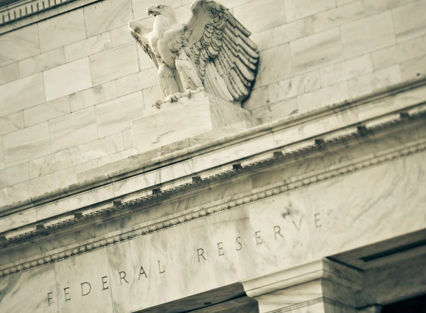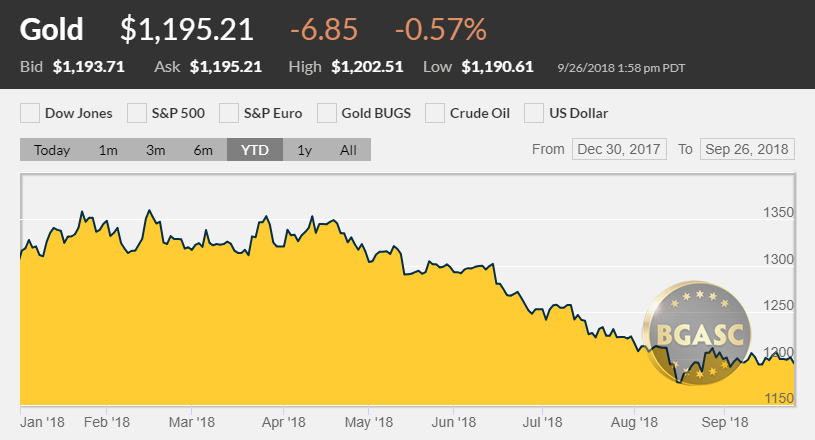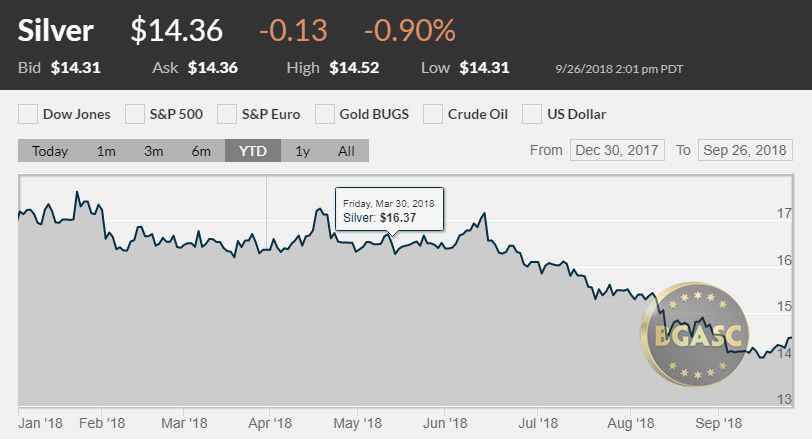
Fed Raises Rates to 2% – Enters Normal Rate Environment
Fed Drops Accommodative Language
The Federal Reserve wrapped up its September 25-26 meeting today. The meeting concluded with the 8th .25% interest rate hike in the current rate hike cycle. The quarter of a percentage point increase to 2.00-2.25% is an indicator that the Fed no longer believes that accommodative monetary policy is required to sustain the economy. Indeed, the Federal Reserve removed the boiler plate language from prior Fed statements that read: “The stance of monetary policy remains accommodative, thereby supporting strong labor market conditions and a sustained return to 2 percent inflation.”
The Fed Statement
September 26, 2018
Federal Reserve FOMC Statement
For release at 2:00 p.m. EDT
Information received since the Federal Open Market Committee met in August indicates that the labor market has continued to strengthen and that economic activity has been rising at a strong rate. Job gains have been strong, on average, in recent months, and the unemployment rate has stayed low. Household spending and business fixed investment have grown strongly. On a 12-month basis, both overall inflation and inflation for items other than food and energy remain near 2 percent. Indicators of longer-term inflation expectations are little changed, on balance.
Consistent with its statutory mandate, the Committee seeks to foster maximum employment and price stability. The Committee expects that further gradual increases in the target range for the federal funds rate will be consistent with sustained expansion of economic activity, strong labor market conditions, and inflation near the Committee’s symmetric 2 percent objective over the medium term. Risks to the economic outlook appear roughly balanced.
In view of realized and expected labor market conditions and inflation, the Committee decided to raise the target range for the federal funds rate to 2 to 2-1/4 percent.
In determining the timing and size of future adjustments to the target range for the federal funds rate, the Committee will assess realized and expected economic conditions relative to its maximum employment objective and its symmetric 2 percent inflation objective. This assessment will take into account a wide range of information, including measures of labor market conditions, indicators of inflation pressures and inflation expectations, and readings on financial and international developments.
Voting for the FOMC monetary policy action were: Jerome H. Powell, Chairman; John C. Williams, Vice Chairman; Thomas I. Barkin; Raphael W. Bostic; Lael Brainard; Richard H. Clarida; Esther L. George; Loretta J. Mester; and Randal K. Quarles.
After the statement was released, Fed Chairman Jerome Powell read a statement and took questions from financial journalists.
Chairman Jerome Powell Statement
Fed Chairman Jerome Powell opened by noting that “with this rate hike we see a gradual return to normal. It’s been ten years since the financial crisis.” He noted that the economy and banking system were on more solid footing, with higher capital and liquidity requirements for banks that have positioned the financial system better to support the economy.
Monetary vs Fiscal Policy
Powell said that household and business spending are expanding and favorable. Powell noted that it is fiscal policy that is boosting the economy as monetary policy tightens.
Job Market
Powell noted job gains averaged over 187,000 per month for the last three months, which he deemed more than sufficient to sustain full employment. He also noted that the unemployment rate was 3.9% and the labor force participation rate was where it was in 2013, which was encouraging given the increase in retirement age workers since then. Powell said he expected the strong job market to continue this year and the unemployment rate to fall to 3.7% in 2018 and to be slightly lower in 2019.
Inflation
Powell said that personal consumption expenditures (PCE) inflation was running at 2.3% , but that core price inflation that strips out energy and food costs was running lower at 2%. Powell noted that the Fed seeks and expects to see 2% inflation on sustained basis in the coming months, with some variation.
Chairman Jerome Powell Questions and Answers
Given the lag in Fed monetary policy and economic impact, are you concerned about the pace of rate hikes?
Powell: We will watch to see how economy is processing. By pursuing gradual interest rate hikes we can monitor the economy.
Trump is not thrilled with interest rate hikes. Do you have any concern about perception of Fed independence?
Powell: We are focused on doing our job based on best thinking and best evidence available to us. We set our policy based on our mandate of maximum employment and price stability and don’t consider political factors.
At the President’s press conference later in the day, Trump noted again that he was not happy with higher interest rates.
The stock market is at all time highs, does the market factor into the Fed’s decision making process to raise interest rates?
Powell: We take into accounts financial markets in conducting monetary policy they impact the broader economy. Market performance, however, is just one the of the factors we look at.
Is the current economy and forecast too good to be true- 4% unemployment or below for three years and no inflation?
Powell: Perhaps in the long run there may be more inflation but it is not in the Fed’s short run forecast. He added that if the Fed moved too quickly on rate hikes that they could snuff out growth and inflation and that the economy could overheat if they moved too slowly. Hence, the Fed reduces that risk by employing a gradual interest rate hike policy.
What might be the impact of a trade war?
Powell did not mention trade tensions in his statement but added that the Fed is not responsible for trade policy.
Powell: We hear from market participants around the country and there is a rising chorus of concerns from businesses and a potential of a disruption of supply chain. However at the aggregate and national level we don’t see much happening at this point. The aggregate tariffs are small, but could lead to loss of business confidence or financial market in the future. If the end place we get to is LOWER tariffs that could be good for the economy ie fair trade. On the flip side, the tariffs may inadvertently lead to permanent tariffs which would be bad for the economy.
What happens if tariffs impact economic growth as retail prices rise?
Powell: This could be a risk, but we don’t see it in the numbers now. So it is hard to say how we would respond. If there were to be inflation due to tariffs, we would have to ask is it fueling higher inflation across the economy, or just one time impact?
What did the Fed statement mean for gold and silver?
The Fed’s interest rate hike was largely anticipated by market participants. Silver and gold both were drifting downward prior to the meeting and fell further on the announcement and following Jerome Powell’s press conference.
Gold closed at $1195 per ounce down.57%
Silver closed at $14.36 an ounce, down.90%
This article by BGASC is not, and should not be regarded as, investment advice or as a recommendation regarding any particular course of action.


